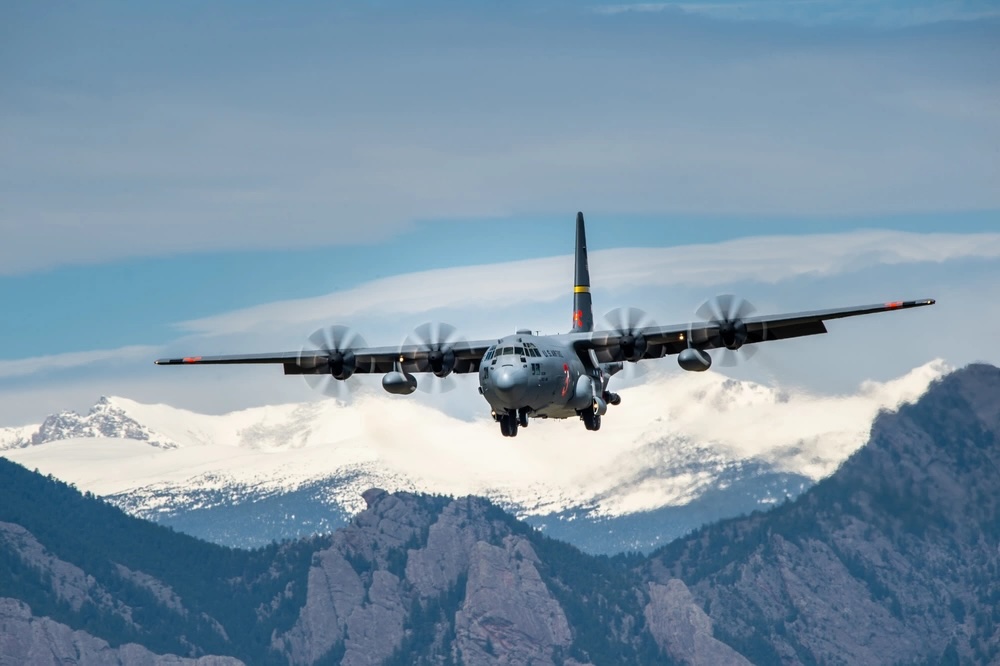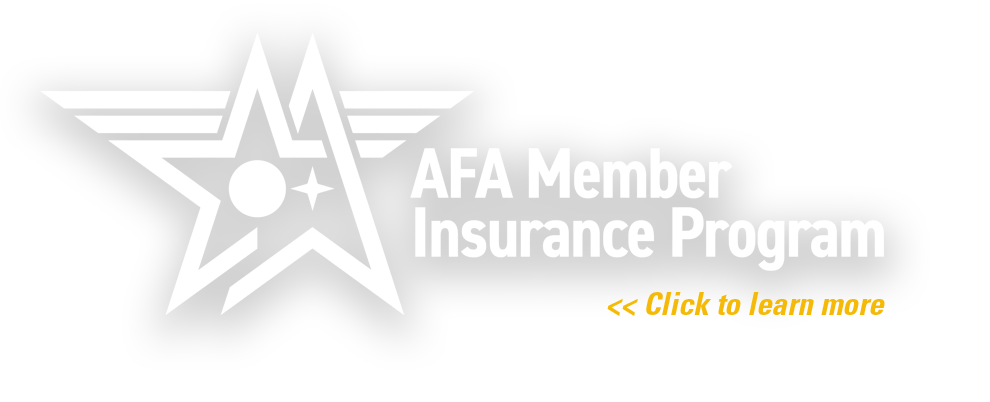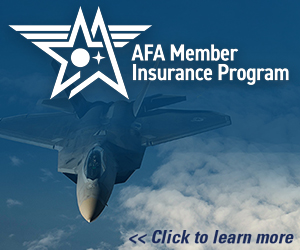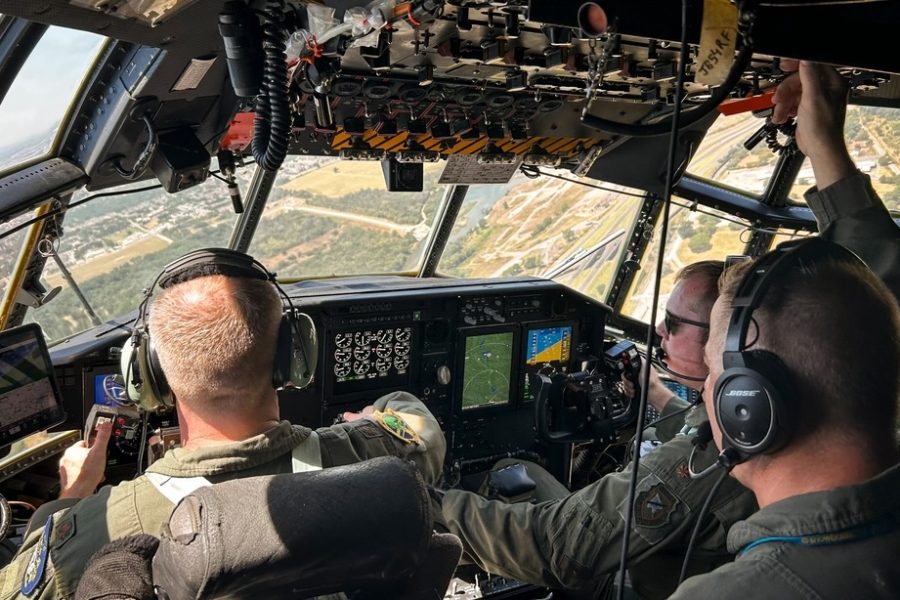Pilots at Eglin Air Force Base, Fla., are testing out a new cockpit layout for the C-130H transport plane that will replace its analog gauges with glass multifunction displays, digital engine instruments, a new flight management system, autopilot, terrain awareness and warning system and other digital upgrades that should make the aircraft safer and easier to fly.
“This is much larger than just a software or hardware upgrade,” Maj. Jacob Duede, an experimental test pilot with the 417th Flight Test Squadron, said in an Oct. 17 press release. “It’s reconstructing and modernizing the aircraft’s entire cockpit area.”
An old workhorse, the C-130H has been in service since 1965, though the average age of today’s fleet is about 30 years. The Active-Duty Air Force has switched entirely to the newer C-130J Super Hercules, but the Air National Guard and Air Force Reserve Command still fly more than 100 of the H models, and in recent years, the Air Force has upgraded several dozen H models with new propellers, better radios, navigation systems, and voice and flight data recorders.

Those upgrades made up Avionics Modernization Program (AMP) Increment One, but more changes are on the way with AMP Increment Two, which the pilots at Eglin have been testing out since August. At least 23 Air Force Reserve and 54 Air National Guard H models will receive the second upgrade over the next five years for about $7 million per aircraft, the release stated.
Among the changes, a new flight management system should help pilots save time and reduce the chance of errors when uploading route information.
“Aircrew essentially had to print the directions before flying and then type the information in using latitude and longitude or use ground-based navigation aids,” Duede said about the old systems. “This new mod is the newest GPS navigation with a by-name search function and autopilot, all built into the aircraft.”
Instead of taking minutes to enter new latitude and longitude coordinates from a tablet or laptop into the aircraft computer, pilots flying the upgraded H can just point and click their new destination on a glass display in less than 30 seconds.
“The new process is as quick as the first step of the old process,” Duede said. “You just identify the point on the moving map, grab it, and execute the flight plan.”
There is also a significant safety upgrade in the form of the Integrated Terrain Awareness and Warning System, which detects when the aircraft is coming too close to the ground and warns the crew while they still have time to course correct. The new system is built into the aircraft, rather than being carried aboard tablets and laptops as is the case today.
A new terrain awareness and warning system could be useful for many C-130 missions that involve flying close to the ground, such as aerial firefighting, aerial spraying, and low-altitude airdrops.

Only three of the H model’s original analog gauges will survive AMP Increment Two, which will include six multifunction displays. Such a transition affects flight deck workflow, where aircrew must quickly scan instruments to perform complicated procedures like aerial refueling or landing at night in bad weather. The big change called for a thorough testing process.
“This is an entirely new system,” Caleb Reeves, a test engineer who helped design the test plan for the 417th FLTS, said in the release. “Everything we’re testing here is being done for the first time ever in this aircraft. We’re also examining if these untried systems perform in the ways we thought they would or not. That data allows us to adjust our testing and provide feedback to the manufacturer.”
Some of the tests involve flying at terrain and obstacles to make sure the new warning systems work. The 417th will complete developmental testing for the first H model to receive the Increment Two upgrade by the end of the year before sending it to the Air National Guard/Air Force Reserve Command Test Center in Little Rock, Ark., for operational testing. Developmental testing gauges the performance of new systems, while operational testing does so under realistic operating environments.
Pilots from Little Rock augmented Eglin crews during developmental testing so that they are better prepared for the upgraded H arrival. More C-130s are expected to begin developmental testing at Eglin later this month.


